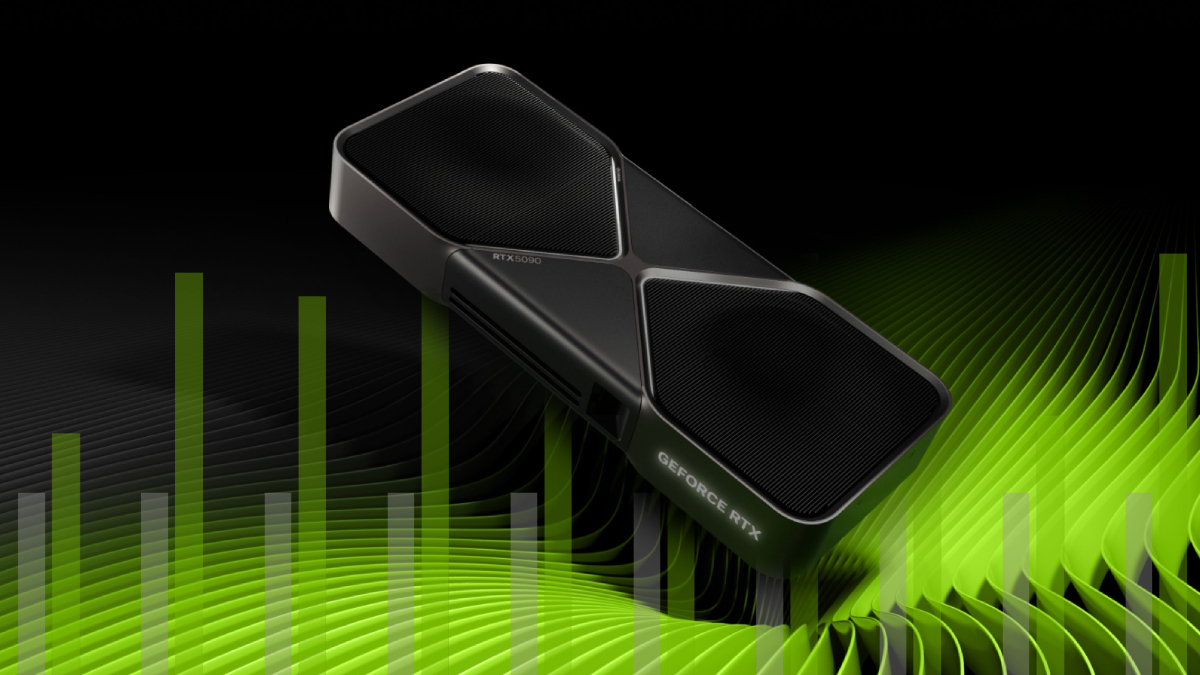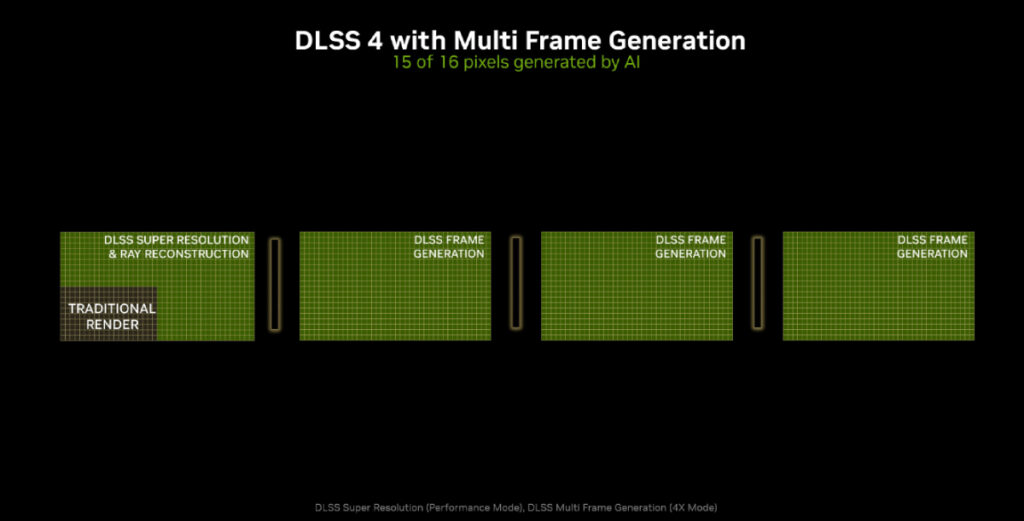“We’re going to be using a lot of frame gen to get to 1000Hz” says Nvidia as it explains the future of graphics

Table of Contents
1000Hz gaming monitors will eventually become a reality for consumers. Last year, TCL demonstrated a 4K 1000Hz monitor – and while there’s perhaps no reason to get excited about that just yet, it is a sign of things to come. High refresh rate gaming, however, cannot be a reality if the current generation of hardware isn’t good enough to support it.
With the launch of the RTX 50 series – headed by the flagship RTX 5090, the idea of pushing frames higher than ever is something that Nvidia no doubt wants to be at the forefront of. It is currently doing this with some heavy lifting from AI, particularly its latest DLSS 4 technology with Multi Frame Generation.
The future of graphics is with AI – not rasterization
In a recent interview with Digital Foundry, Nvidia’s Bryan Catanzaro discussed pretty much all there is to know about the AI side of the RTX 50 series, particularly when it comes to DLSS 4 and frame gen. Whether you like it or not, frame generation looks like it’s here to stay. In fact, we’ve even got our hopes up for it being retro-fitted to the RTX 30 series – it hasn’t been ruled out yet at the very least.
With the topic turning to the future of real-time graphics and the prospect of 1000Hz monitors, Catanzaro was asked: “Where does frame gen fit into that future of ultra-high refresh?” – here was his response:
“I’m excited about 1000Hz monitors, I think that’s going to feel amazing. I definitely think we’re going to be using a lot of frame gen to get to a thousand Hertz”
Bryan Catanzaro, Vice President of Applied Deep Learning Research at Nvidia
It’s clear that there is some way to go, if ever, before matching a 1000Hz monitor with a steady 1000 FPS will become the norm. Even still, what Nvidia is doing with DLSS 4 is undoubtedly impressive. Cyberpunk 2077 hitting up to 280 FPS with everything maxed out is a good example of that. Again, this wouldn’t be possible without AI upscaling and frame gen.
Later in the interview, Catanzaro discusses that the future of graphics is about what he calls “top-down” graphics, which particularly leans into the need for AI simulation and prediction.
“We’re able to come up with technologies that are I think going to be much more realistic and much more convincing than we could ever do with traditional, what I call “bottom-up rendering”
“At some point, we’re making a shift away from this explicit bottom-up kind of graphics towards are more top-down generated graphics”
“Neural rendering is moving in that direction and I’m very excited about the prospects of overcoming a lot of the limitations of today’s graphics which I think are really difficult to scale”
Bryan Catanzaro, Vice President of Applied Deep Learning Research at Nvidia
At CES 2025, Nvidia showed off a graph demonstrating that Multi Frame Generation could allow 15 out of 16 pixels to be generated by AI and well surpass what is possible with traditional render techniques – and this is the way forward if 1000Hz monitors are to become something your average gamer.

